On the initiative of Global Media Group, trainers from Haber Global TV conducted practical and theoretical training sessions titled “Reporting in War and Crisis Regions.” These sessions aim to develop media representatives' skills to protect themselves and survive while performing their duties in war zones, emergency situations, and other extreme conditions.
According to Report, media employees of Global Media Group participated in these training sessions, which were organized by reserve and retired army members in the mountainous terrain of Khizi district.
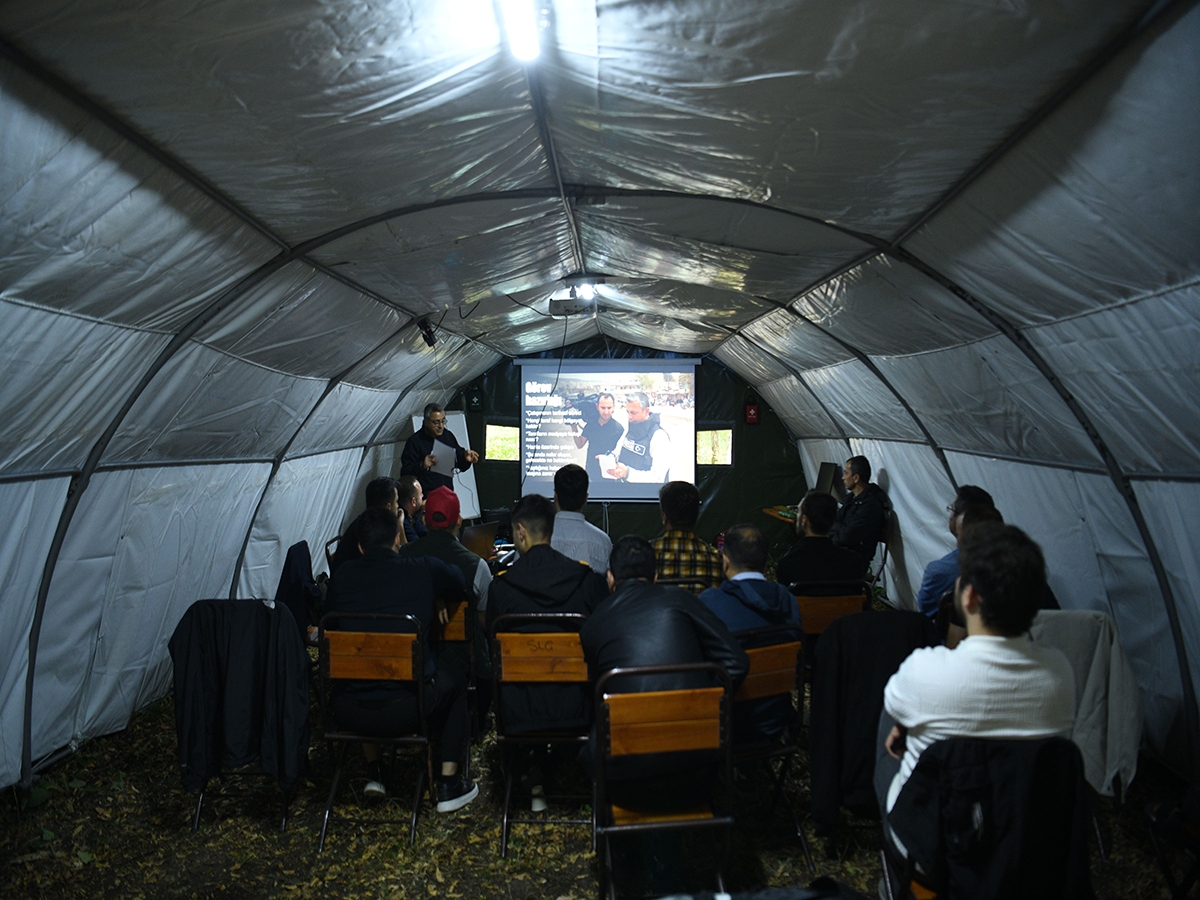
During the training sessions, media representatives learned about the tactical and technical characteristics of weapons and ammunition, behavior in mined areas, first aid, military topography, navigation using modern technologies and traditional methods, and survival techniques in various terrains.
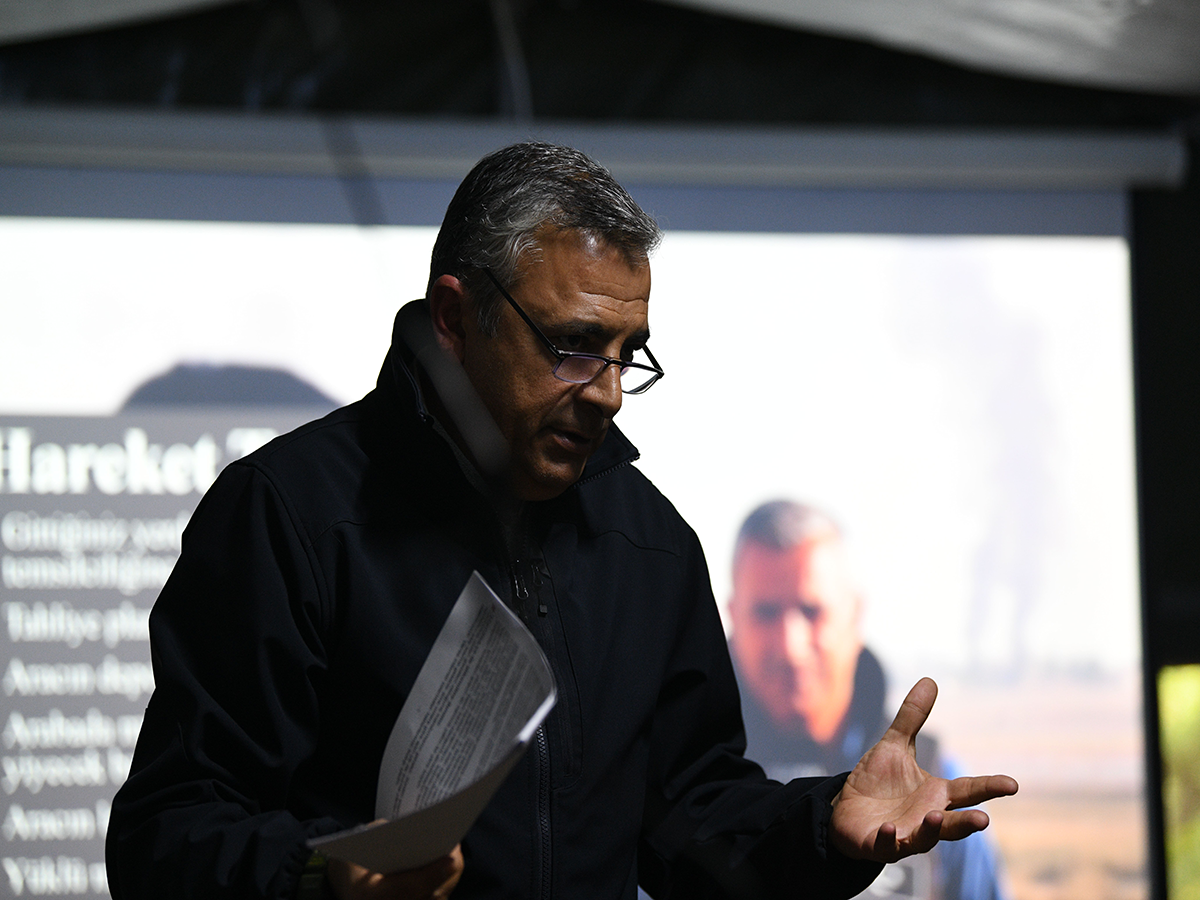
The training program also included lessons from the experiences of the Haber Global team in various global hotspots. TV reporter Murat Karatas emphasized the importance of having sufficient information about any hot spot before being deployed.
"The film crew must be familiar with the climate, terrain, ethnic composition, and traditions of the local people. In a war zone, journalists must understand the positions of the parties involved and the types of weapons and ammunition used.
The most reliable source of information about the area is your country’s diplomatic representation. Report your daily activities to them so they can start looking for you immediately if you go missing.
Remember, your health and safety are more important than the material you are preparing. If you suspect danger, such as traps, mines, or unexploded ammunition, treat the area as hazardous and avoid it," Karatas said.
He added that media representatives should carry special tools to make their work easier in hot spots. Essential items include a power bank, flashlight, mask, lighter, food, raincoat, and boots.
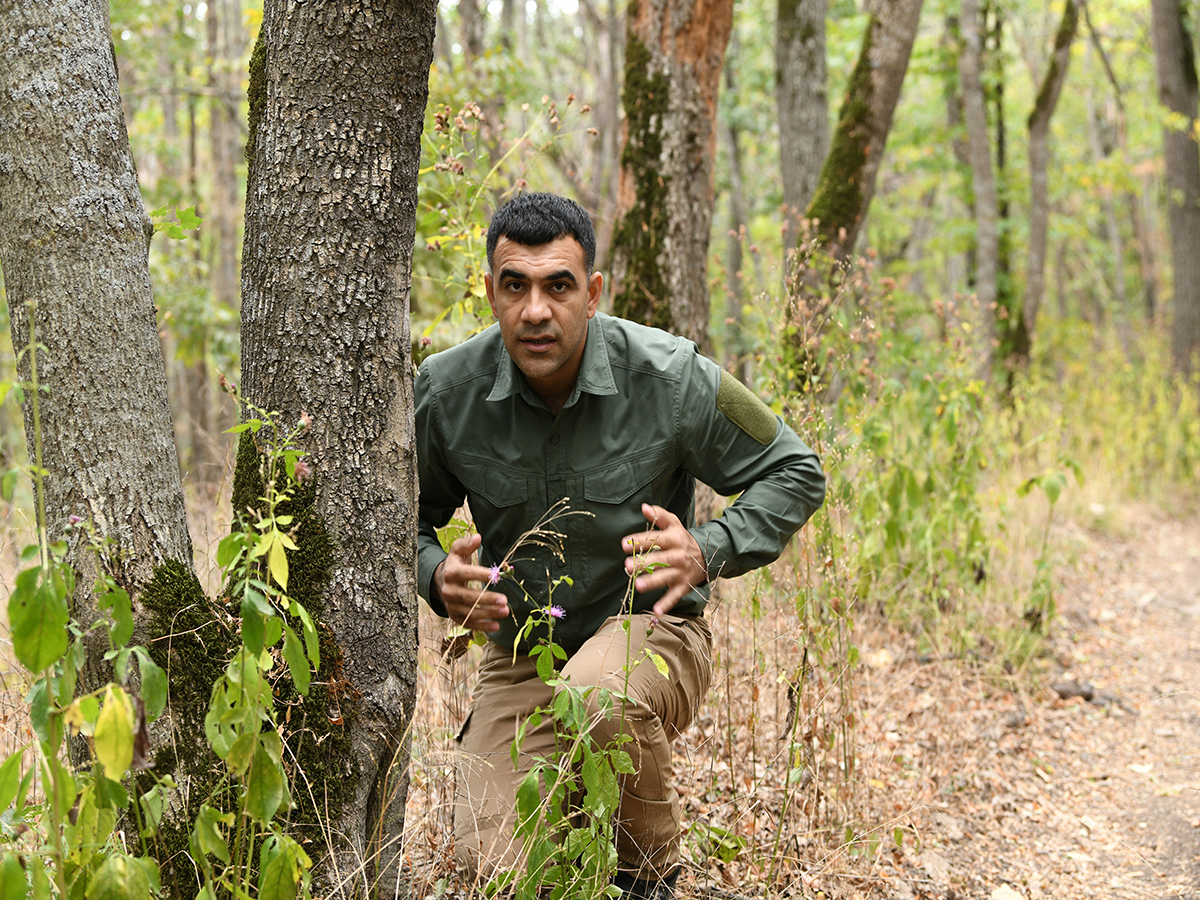
Instructor-expert and reserve Special Forces officer, Captain Turgay Maharramov, explained several methods for finding direction in unfamiliar areas:
"If you think you’re lost, you have several options for finding your direction. At night, you can determine north by locating the North Star, which appears bigger and brighter than other stars.
Another method is when you determine your location based on the terrain. In a war zone, do not use GPS devices too much when approaching any side’s position, as the military has tools to detect the signals these devices send to satellites.
These tools display the signals as illumination, allowing the other party to determine your location. In war, there are no laws, and it doesn’t matter if you are media or the enemy. The system sees a foreign object approaching.”
Trainer Maharramov also discussed first aid, noting that it varies depending on the injury. Injuries can include bullet and shrapnel wounds, burns, and suffocation.
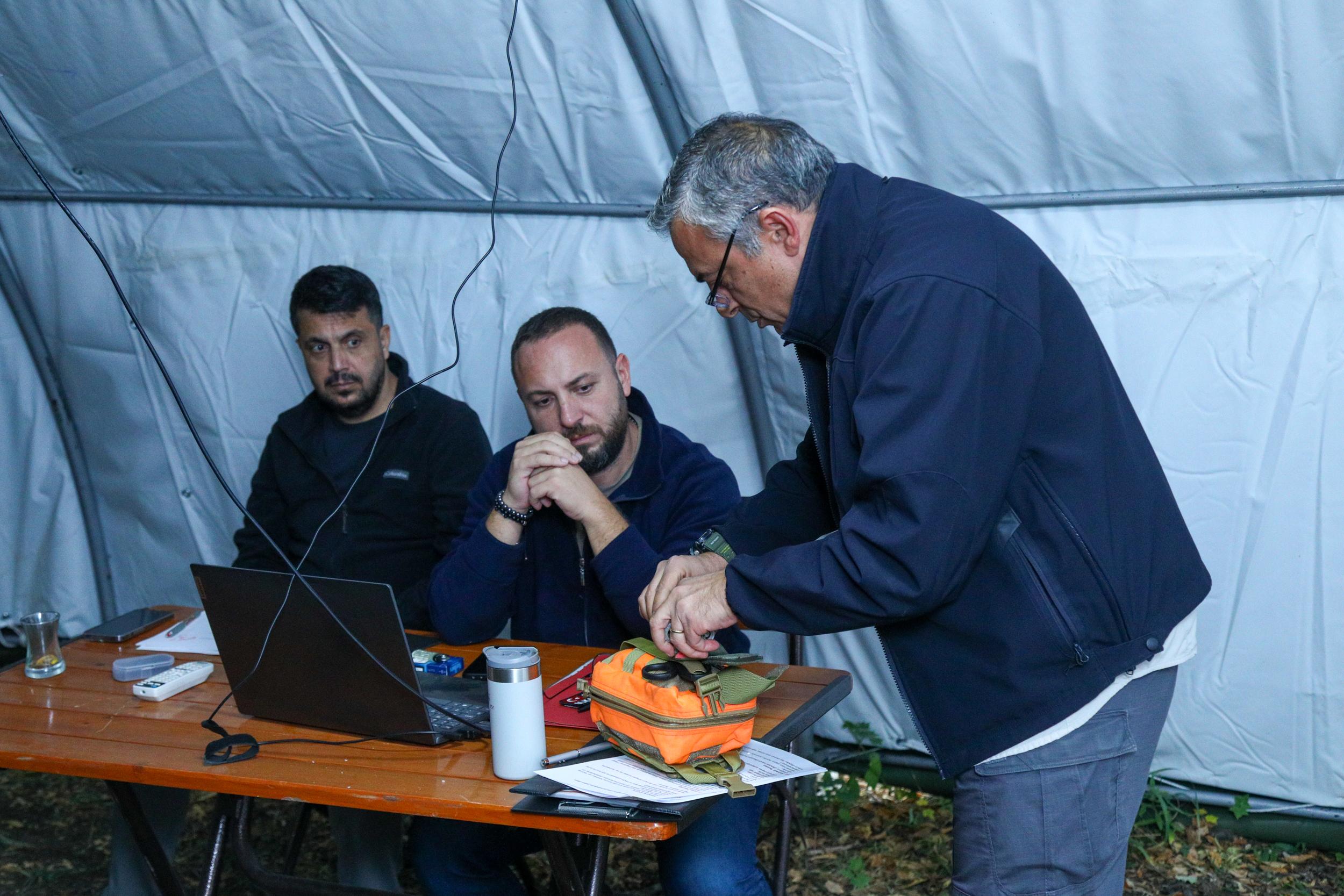
"If a person has a gunshot or shrapnel wound, your first step is to stop the bleeding. If the wound is on the leg, stop the blood flow by covering the area above the knee with anything available, including your shirt.
One of your main tasks is to maintain the psychological state of the wounded. They need to be confident that you will save them; otherwise, they may panic and lose control.
Avoid showing the injured part to the person. Keep the wound away from the soil and cover it to prevent bacterial infection.
Use the person’s own medical bag for first aid. Once you’ve stopped the bleeding, check for other injuries.
If there is a fracture, use any available means to fix the arm or leg. Prevent the injured person from moving the affected part as much as possible," Maharramov advised.
The head of the mine search project, reserve lieutenant colonel Khalig Huseynov spoke about mines and unexploded ordnance. He informed the training participants about various types of landmines and specifically listed those placed by the Armenian armed forces in the Karabakh region of Azerbaijan.
Participants were provided with technical and other necessary equipment during the theoretical and practical training, which lasted several days in the mountain-forest terrain.
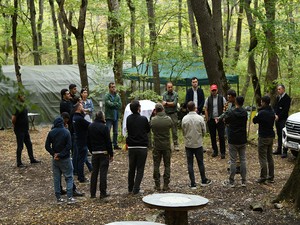
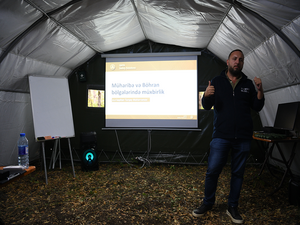
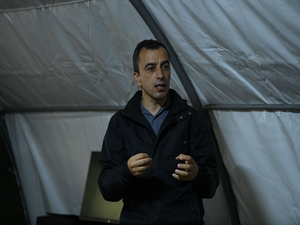
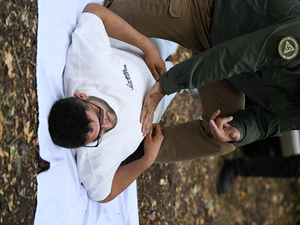
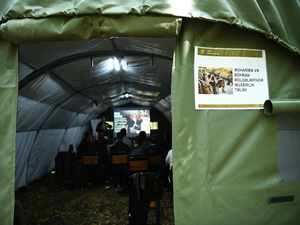
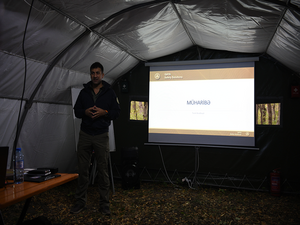
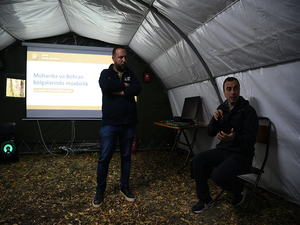
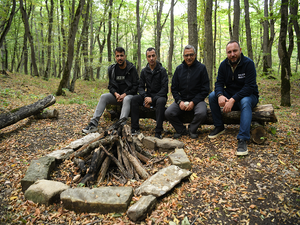
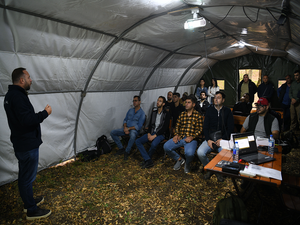
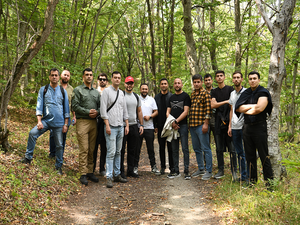
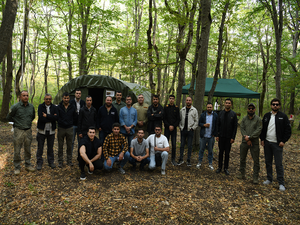
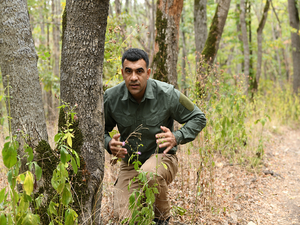
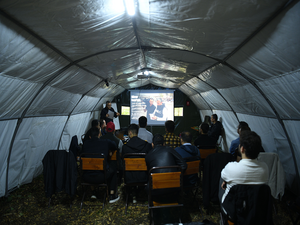
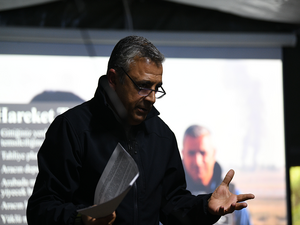
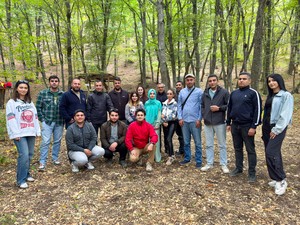
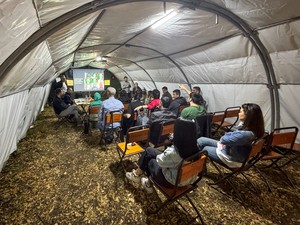
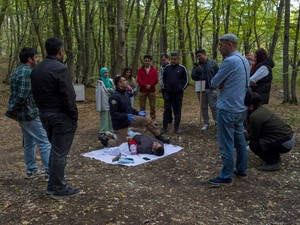
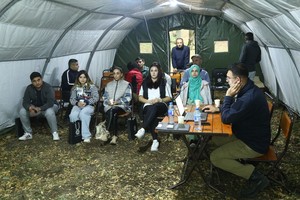
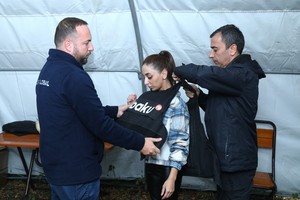
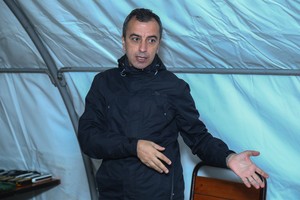
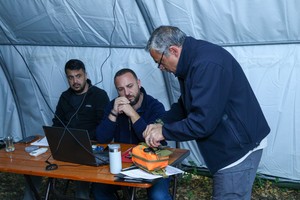
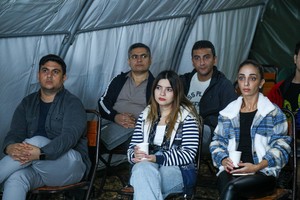
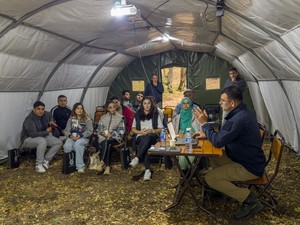
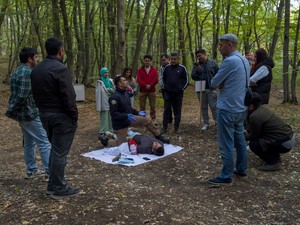


 https://static.report.az/photo/140a51dd-d760-3737-9782-45cdd53e0108.jpg
https://static.report.az/photo/140a51dd-d760-3737-9782-45cdd53e0108.jpg

